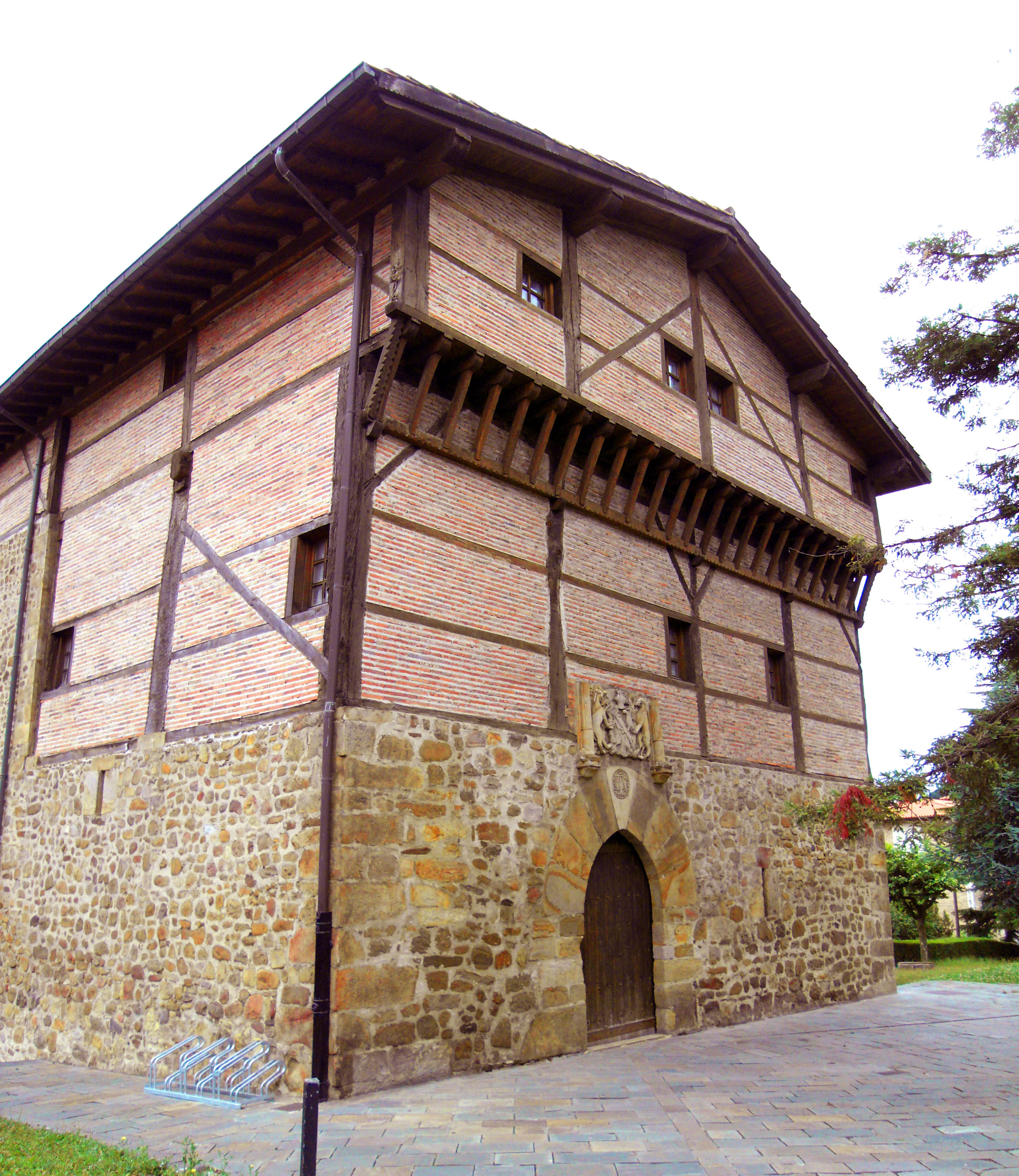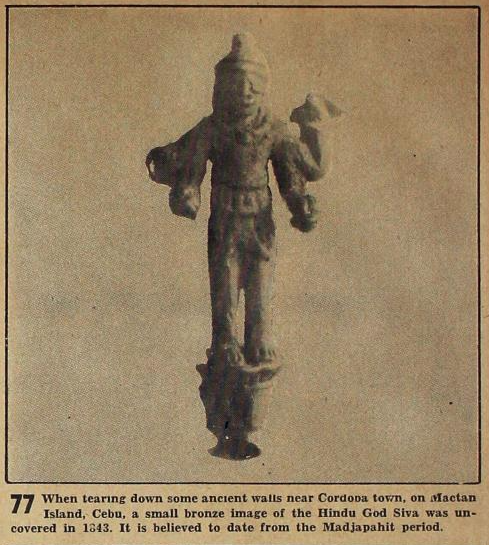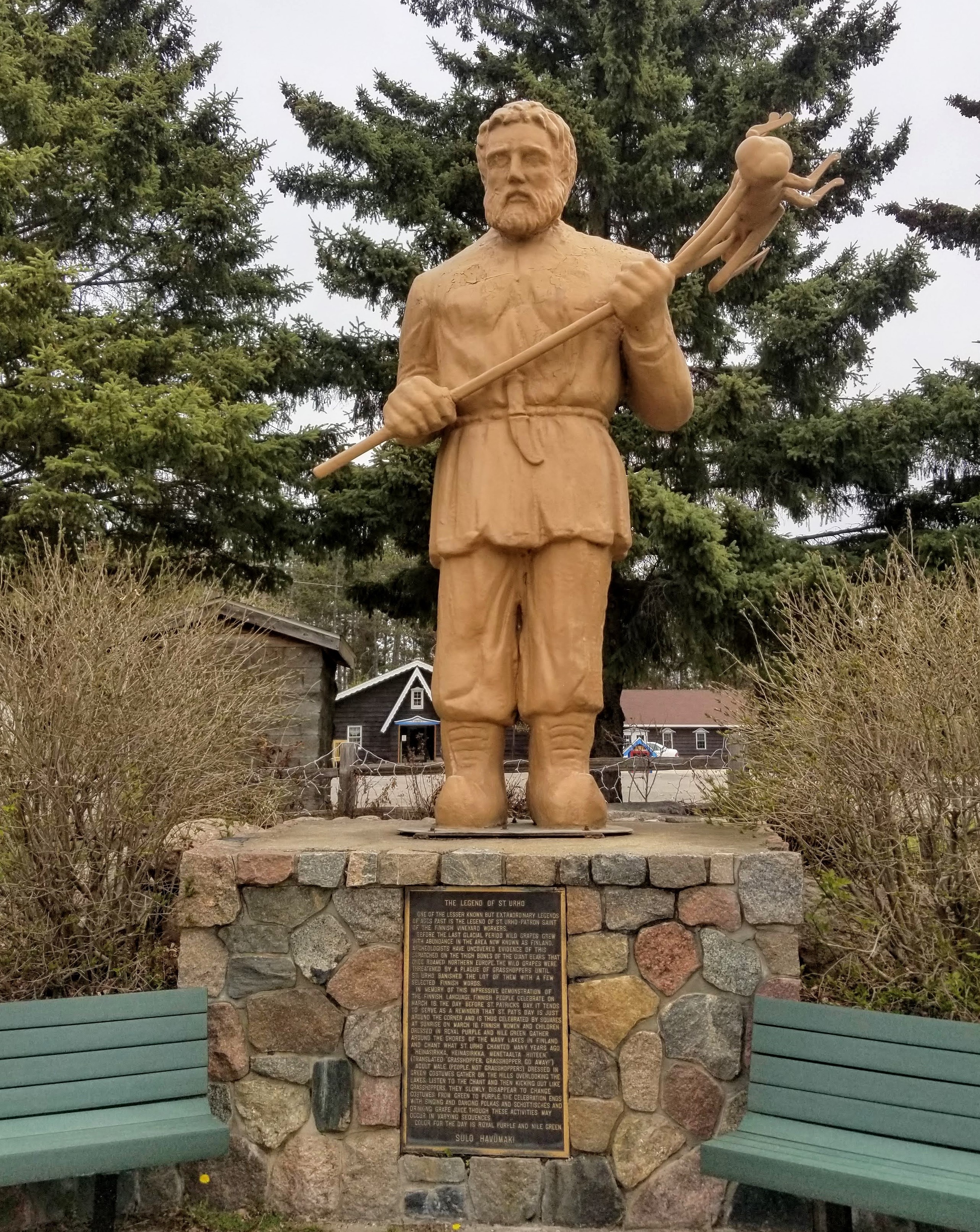|
1565 Births
Year 1565 ( MDLXV) was a common year starting on Monday of the Julian calendar. Events January–March * January 3 – In the Tsardom of Russia, Ivan the Terrible originates the oprichnina (repression of the boyars (aristocrats)). * January 23 – Battle of Talikota: The Vijayanagara Empire, the last Hindu kingdom in South India, is greatly weakened by the Deccan sultanates. * February 13 – Spanish Conquistador Miguel López de Legazpi lands with his troops on the shores of Cebu Island in the Philippines. * March 1 – The city of Rio de Janeiro, Brazil, is founded as ''São Sebastião do Rio de Janeiro'' by Estácio de Sá. * March 16 – Spanish Conquistador López de Legazpi makes a blood compact (''sandugan'') with Datu Sikatuna in the island of Bohol, Philippines. April–June * April 27 – Cebu City is established as San Miguel by López de Legazpi, becoming the first Spanish settlement in the Philippines. * May 2 – Huntin ... [...More Info...] [...Related Items...] OR: [Wikipedia] [Google] [Baidu] |
Miguel López De Legazpi
Miguel López de Legazpi (12 June 1502 – 20 August 1572), also known as ''Adelantado, El Adelantado'' and ''El Viejo'' (The Elder), was a Spanish conquistador who financed and led an expedition to conquer the Philippines, Philippine islands in the mid-16th century. He was joined by Guido de Lavezares, relative Martin de Goiti, friar Andrés de Urdaneta, and his grandsons Juan de Salcedo, Juan and Felipe de Salcedo, in the expedition. Legazpi established the first Spanish settlement in the East Indies after his expedition crossed the Pacific Ocean, arriving in Cebu in 1565. He became the first Governor-General of the Philippines, governor-general of the Spanish East Indies, which was administered from New Spain for the Spanish Empire, Spanish crown. It also encompassed other Pacific islands, namely Guam, the Mariana Islands, Palau, and the Caroline Islands, Carolinas. After obtaining peace with various indigenous tribes and kingdoms, he made Cebu City the capital of the Span ... [...More Info...] [...Related Items...] OR: [Wikipedia] [Google] [Baidu] |
Cebu City
Cebu City, officially the City of Cebu, is a Cities of the Philippines#Legal classification, highly urbanized city in the Central Visayas region of the Philippines. According to the 2020 census, it has a population of 964,169 people, making it the sixth-most populated city in the nation and the most populous in the Visayas and the Central Visayas Region. It serves as the capital of Cebu wherein it is geographically situated and grouped under the province by the Philippine Statistics Authority, but is one of three cities (together with Lapu-Lapu City, Lapu-Lapu and Mandaue) that are administratively independent of the provincial government and also the largest city within that province. It also serves as the regional center of Central Visayas, and its Metro Cebu, metropolitan area exerts influence on commerce, trade, industry, education, culture, tourism, and healthcare beyond the region, over Central and Eastern Visayas and partly over Mindanao. It is the Philippines' main do ... [...More Info...] [...Related Items...] OR: [Wikipedia] [Google] [Baidu] |
April 27
Events Pre-1600 * 247 – Philip the Arab marks the millennium of Rome with a celebration of the '' ludi saeculares''. * 395 – Emperor Arcadius marries Aelia Eudoxia, daughter of the Frankish general Flavius Bauto. She becomes one of the more powerful Roman empresses of Late Antiquity. * 711 – Islamic conquest of Hispania: Moorish troops led by Tariq ibn Ziyad land at Gibraltar to begin their invasion of the Iberian Peninsula (Al-Andalus). * 1296 – First War of Scottish Independence: John Balliol's Scottish army is defeated by an English army commanded by John de Warenne, 6th Earl of Surrey at the Battle of Dunbar. * 1509 – Pope Julius II places the Italian state of Venice under interdict. * 1521 – Battle of Mactan: Explorer Ferdinand Magellan is killed by natives in the Philippines led by chief Lapulapu. *1539 – Official founding of the city of Bogotá, New Granada (nowadays Colombia), by Nikolaus Federmann and Sebastiá ... [...More Info...] [...Related Items...] OR: [Wikipedia] [Google] [Baidu] |
Bohol
Bohol (), officially the Province of Bohol (; ), is an island province of the Philippines located in the Central Visayas Regions of the Philippines, region, consisting of the island itself and 75 minor surrounding islands. It is home to Boholano people. Its capital is Tagbilaran, the largest city of the province. With a land area of and a coastline long, Bohol is the List of islands of the Philippines#List of islands by size, tenth largest island of the Philippines.The Island-Province of Bohol Retrieved November 15, 2006. The province of Bohol is a first-class province divided into 3 Legislative districts of Bohol, congressional districts, comprising 1 Cities of the Philippines, component city and 47 Philippine municipality, municipalities. It has 1,109 barangay, barangays. [...More Info...] [...Related Items...] OR: [Wikipedia] [Google] [Baidu] |
Datu Sikatuna
Datu Sikatuna (or ''Catunao'') was a Datu or chieftain of Bo-ol in the island of Bohol in the Philippines. He made a blood compact ('' sanduguan'') and alliance with the Spanish explorer Miguel López de Legazpi on March 25, 1565 at Hinawanan Bay, barangay Hinawanan, Loay. Their blood compact is the first Treaty of Friendship between Spain and the Philippines. The previous site of the pact was thought to have been at barangay Bool, Tagbilaran City but later a panel of historians concluded that the event actually happened at barangay Hinawanan, Loay, Bohol as ratified through Resolution No. 4, issued by the National Historical Institute in 2005. Bo-ol The brothers, Datu Pagbuaya and Datu Dailisan, were rulers of Bo-ol before the arrival of the Spaniards. The vast kingdom has control over the present-day Bohol, Siquijor, Tanjay, Northern Mindanao from Zamboanga to Surigao; Southern Leyte, and Eastern Mindanao up to Davao Oriental, with its capital at Tagbilaran Strait. Da ... [...More Info...] [...Related Items...] OR: [Wikipedia] [Google] [Baidu] |
Blood Compact
Blood compact ( Spanish: ''Pacto de sangre''; Tagalog: ''Sanduguan'') was an ancient ritual in the Philippines intended to seal a friendship or treaty, or to validate an agreement. The contracting parties would cut their hands and pour their blood into a cup filled with liquid, such as wine, and drink the mixture. A famous example of the blood compact was the 1565 El Pacto de Sangre or '' Sandugo'' between Spanish explorer Miguel López de Legazpi and Datu Sikatuna, the chieftain of Bohol. An earlier blood compact, the first between natives and Europeans took place in 1521 between navigator Ferdinand Magellan and Rajah Humabon of Cebu. Another type of blood compact was also described by Antonio Pigafetta during their stopover in Palawan (after the death of Magellan). It was made between the crew of the expedition and a ''datu'' of Palawan as a symbol of peaceful intentions. The ''datu'' made a small cut on his chest using a knife borrowed from the expedition. The ''datu'' th ... [...More Info...] [...Related Items...] OR: [Wikipedia] [Google] [Baidu] |
March 16
Events Pre-1600 * 1190 – Massacre of Jews at Clifford's Tower, York. * 1244 – Over 200 Cathars who refuse to recant are burnt to death after the Fall of Montségur. * 1355 – Amidst the Red Turban Rebellions, Han Lin'er, a claimed descendant of Emperor Huizong of Song, is proclaimed emperor of the restored Song dynasty in Bozhou. 1601–1900 * 1621 – Samoset, an Abenaki, visits the settlers of Plymouth Colony and greets them, "Welcome, Englishmen! My name is Samoset." *1660 – The Long Parliament of England is dissolved so as to prepare for the new Convention Parliament. * 1696 – The Dutch bombard Givet during the Nine Years' War. *1792 – King Gustav III of Sweden is shot; he dies on March 29. * 1802 – The Army Corps of Engineers is established to found and operate the United States Military Academy at West Point. * 1815 – Prince Willem proclaims himself King of the United Kingdom of the Netherlands, the first c ... [...More Info...] [...Related Items...] OR: [Wikipedia] [Google] [Baidu] |
Estácio De Sá
Estácio de Sá (1520 – 20 February 1567) was a Portuguese soldier and officer. Sá travelled to the colony of Brazil on the orders of the Portuguese crown to wage war on the French colonists commanded by Nicolas Durand de Villegaignon. These French colonists had established themselves in 1555 at Guanabara Bay in Rio de Janeiro, in a settlement known as '' France Antarctique''. He was the founder of Rio de Janeiro, now the second largest city in Brazil. Biography Born in Santarém, Portugal in 1520, Estácio de Sá was the nephew of the Governor General of the colony of Brazil, Mem de Sá. He arrived with two galleons at Salvador, Bahia, in 1564. In 1565, after extensive preparations and the help of Jesuits, such as Manuel da Nóbrega and José de Anchieta, he departed by sea from São Vicente, São Paulo, the first Portuguese settlement in Brazil, with an attack force. On March 1, he founded the city of São Sebastião do Rio de Janeiro near the Sugarloaf Mountain ... [...More Info...] [...Related Items...] OR: [Wikipedia] [Google] [Baidu] |
Colonial Brazil
Colonial Brazil (), sometimes referred to as Portuguese America, comprises the period from 1500, with the Discovery of Brazil, arrival of the Portuguese, until 1815, when Brazil was elevated to a United Kingdom of Portugal, Brazil and the Algarves, kingdom in union with Portugal. During the 300 years of Brazilian colonial history, the main economic activities of the territory were based first on Paubrasilia, brazilwood extraction (brazilwood cycle), which gave the territory its name; sugar production (Brazilian sugar cycle, sugar cycle); and finally on gold and diamond mining (Brazilian Gold Rush, gold cycle). Slaves, especially those Atlantic slave trade to Brazil, brought from Africa, provided most of the workforce of the Brazilian export economy after a brief initial period of Indigenous slavery to cut brazilwood. In contrast to the neighboring Spanish America, Spanish possessions, which had several Viceroy, viceroyalties with jurisdiction initially over New Spain (Mexico) and V ... [...More Info...] [...Related Items...] OR: [Wikipedia] [Google] [Baidu] |
Rio De Janeiro
Rio de Janeiro, or simply Rio, is the capital of the Rio de Janeiro (state), state of Rio de Janeiro. It is the List of cities in Brazil by population, second-most-populous city in Brazil (after São Paulo) and the Largest cities in the Americas, sixth-most-populous city in the Americas. Founded in 1565 by the Portuguese people, Portuguese, the city was initially the seat of the Captaincy of Rio de Janeiro, a domain of the Portuguese Empire. In 1763, it became the capital of the State of Brazil, a List of states of the Portuguese Empire, state of the Portuguese Empire. In 1808, when the Transfer of the Portuguese Court to Brazil, Portuguese Royal Court moved to Brazil, Rio de Janeiro became the seat of the court of Queen Maria I of Portugal. She subsequently, under the leadership of her son the prince regent John VI of Portugal, raised Brazil to the dignity of a kingdom, within the United Kingdom of Portugal, Brazil and the Algarves, United Kingdom of Portugal, Brazil, and Algar ... [...More Info...] [...Related Items...] OR: [Wikipedia] [Google] [Baidu] |
City
A city is a human settlement of a substantial size. The term "city" has different meanings around the world and in some places the settlement can be very small. Even where the term is limited to larger settlements, there is no universally agreed definition of the lower boundary for their size. In a narrower sense, a city can be defined as a permanent and Urban density, densely populated place with administratively defined boundaries whose members work primarily on non-agricultural tasks. Cities generally have extensive systems for housing, transportation, sanitation, Public utilities, utilities, land use, Manufacturing, production of goods, and communication. Their density facilitates interaction between people, government organisations, government organizations, and businesses, sometimes benefiting different parties in the process, such as improving the efficiency of goods and service distribution. Historically, city dwellers have been a small proportion of humanity overall, bu ... [...More Info...] [...Related Items...] OR: [Wikipedia] [Google] [Baidu] |






